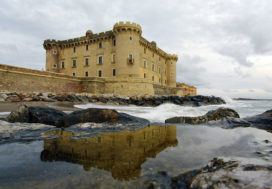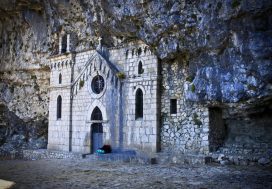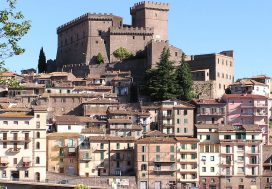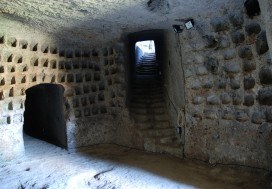Picinisco
Picinisco, located in the Frosinone province, is positioned on high ground more than sevenhundred metres above sea level.
Even if the origins of its place name are not absolutely clear, we are sure that human settlement dates back to remote times, as is proven by inscriptions. Its polygonal walls prove the presence of Samnites. Later conquered by the Romans, and starting from The Middle Ages, the fates of those in Picinisco run alongside those from neighbouring settlements.
Of particular interest are the medieval foundations which are characteristic of the historic centre, where one can admire the city walls built to protect the castle. The historic doorways bear witness to its historic doors.
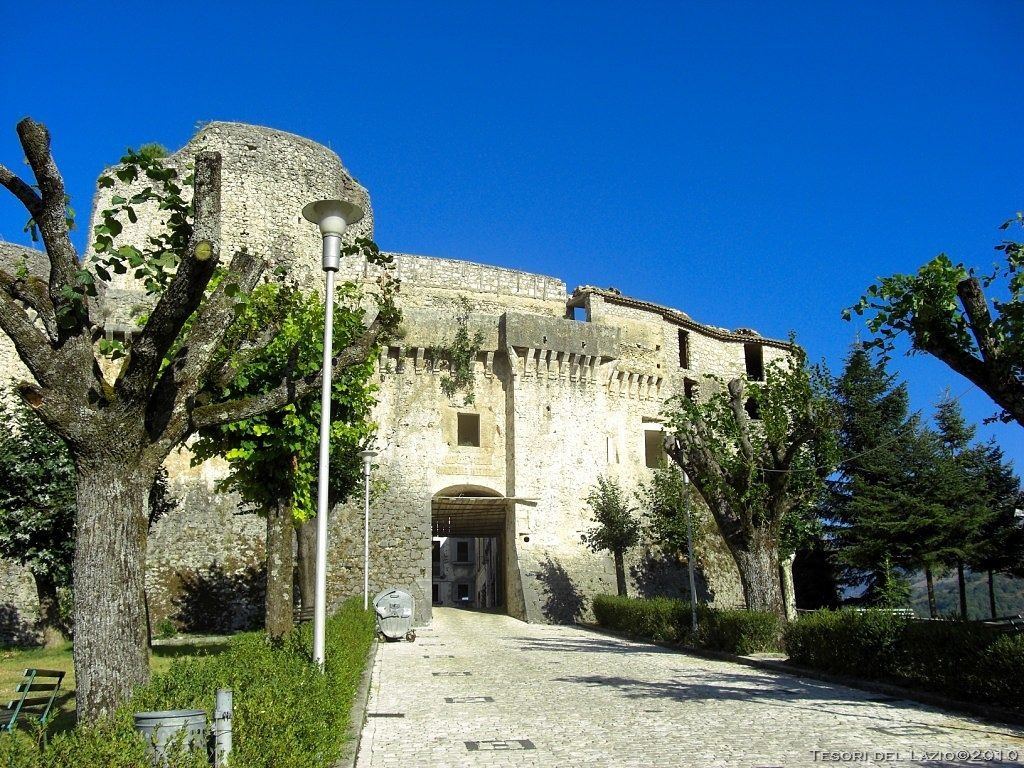
Picinisco Castle
The palazzo degli orologi and the maestoso platano, situated in Piazza Capocci are at the heart of the old village. Piazza Capocci and Piazza Fucina are two perfect spaces, which branch out and extend into quirky side streets and little squares where many noble buildings can be found.
In the high part of the historic centre you will find the Castle inside of which the special Piazza Rione is protected, while in Piazza Fucina one can also admire a magnificent sundial.
Another gem in Picinisco is the historic church of San Lorenzo, constructed in Roman style, and which represents a true inner sanctum within which the most special memories are thoroughly preserved. The Church of Santa Maria Assunta is also of interest, the Collegiata di San Lorenzo Levita e Martire, The santuary della Madonna di Canneto, the Church of Santa Giusta, the Church of S. Maria di Costantinopoli, and also the Church of San Gennaro and the Church of San Pietro.
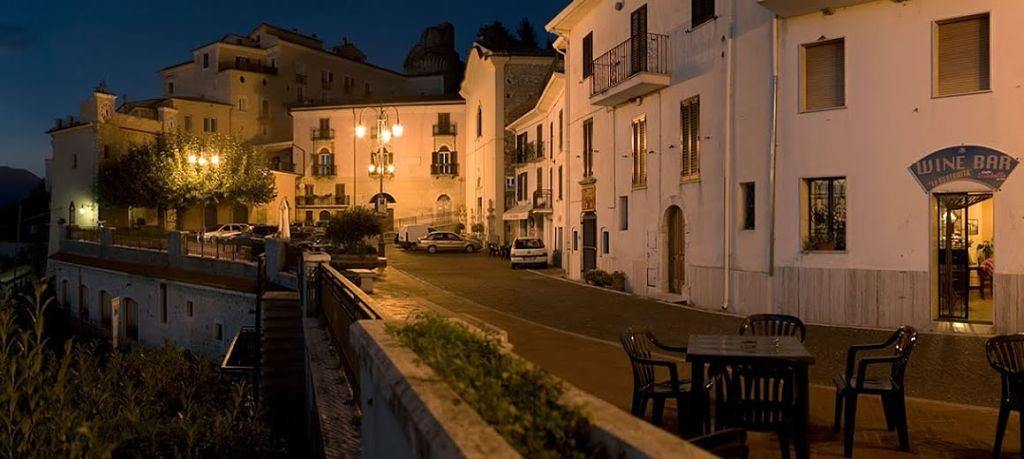
Picinisco Sotto le Stelle
Atina
The village is from origins which are extremely historic and, according to legend, directly risen from the foundations of a piece of Saturn. A Volscian town, in the fourth century BC, it was among the towns that the Lega Sannitica built against Rome. It has always also performed an important role of contact between the Campania, the Sannio e the Basso Lazio, as well as performing and important financial role with regard the iron mine.
Conquered by the Romans, it was then destroyed by the Lombards. When it was rebuilt it became part of the Ducato di Benevento, and therefore of the Count of Capua. Atina was a Norman city, and, finally, the King of Sicily and therefore the King of Naples and of the Two Siciliies.
Among the wonders with characterise this ancient village is the Santa Maria Assunta Cathedral, built in the exact same place where there had been a PaleoCristian cathedral, according to the tradition based on those who stayed at the Temple dedicated to Saturn. In Piazza Marconi, you can find the Palazzo del vescovato.
Furthermore, Palazzo Cantelmo, known also as Palazzo Ducale, was built after the earthquake in 1349, in the very same place where you can find the Aquino rock. Inside you find the cappella di Sant’Onofrio. Of particular interest are the roman remains and polygonal walls.
The Archealogical Museum, on Vittorio Emanuele road, offers you five extremely interesting exhibition rooms, three notable frescoes from the fourteenth century, as well as a library which holds volumes of specific interest. From August 2013 one can visit the casa museo called “Académie Vitti” which is dedicated to Cesare Vitti’s artists and models, and to the Anna Caira, Giacinta and Maria sisters, the founders in Paris of one of the most important art studios dating back to the end of the 19th Century.
The works on show are those which belonged to and were preserved in the dwelling where the heirs of Giacinta Caira, Maria e Cesare Vitti, lived until their death.



